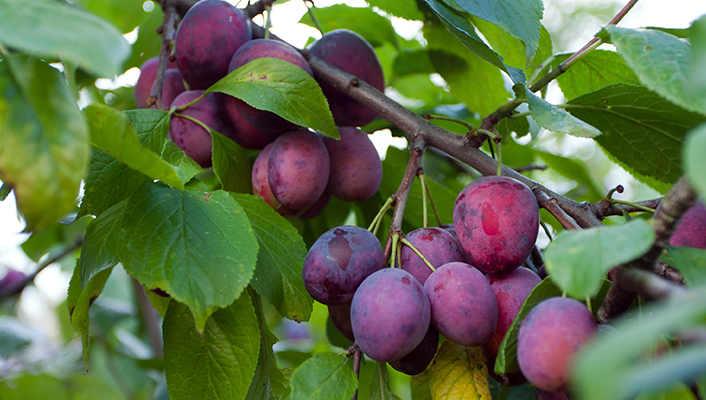
Pruning fruit trees is an important part of maintaining a healthy and productive tree. By selectively removing certain branches, you can encourage new growth and improve the overall shape and structure of the tree. This, in turn, will lead to a higher yield of fruit.
There are a few things to keep in mind when pruning fruit trees:
- The time of year.
Pruning should be done in late winter or early spring, before the tree starts to produce new growth. This will give the tree time to heal before the growing season begins.
- The type of fruit tree.
Different types of fruit trees require different pruning techniques. For example, apple trees should be pruned differently than pear trees. Make sure you know what type of fruit tree you have before you start pruning.
- The age of the tree.
Younger trees will require more frequent pruning than older trees. They also require different pruning techniques than mature trees. It’s important to take the age of your tree into account when deciding how and when to prune it.
- The tools you’ll need.
Pruning shears, loppers, and saws are all common tools used for pruning fruit trees. Make sure you have the right tools for the job before you get started.
- The goal of your pruning.
Are you trying to encourage new growth? Improve the shape of the tree? Remove diseased or damaged branches? Make sure you know what your goal is before you start pruning so that you can focus on achieving it.